SIM7600EI 4G LTE High Speed Modem
The SIM7600EI 4G LTE High Speed Modem is a versatile module solution in LCC type that supports various bands including LTE-FDD/LTE-TDD/HSPA/UMTS/EDGE/GPRS/GSM. It enables data transfer at speeds of up to 10Mbps for downlink and 5Mbps for uplink through LTE CAT1. This compact module is also compatible with other SIMCom modules such as HSPA SIM5360, LTE CAT3 SIM7100, and LTE CAT4 SIM7600E-H. This feature allows for seamless application design across different technologies, ultimately saving valuable development time.
The SIM7600EI 4G LTE High-Speed Modem GPS/GNSS IoT board boasts versatile expansion options, featuring a diverse range of interfaces such as UART, USB2.0, SPI, I2C, Keypad, PCM, and more. SIM7600EI 4G LTE High Speed Modem provides sample opportunities for the customer to integrate their application seamlessly with the module’s extensive capabilities including TCP/UDP/FTP/FTPS/HTTP/HTTPS/SMTP/POP3 and MMS.
Steps for Installation:
- The driver file can be accessed by unzipping the attachment provided.
- Access My computer and launch Mange.
- Access the device manager.
- To access LPT and COM Ports, simply right click.
- Select the port and access its properties.
- Please install the driver and select the appropriate one for your system’s operating system (Windows 7, Windows 8, etc.), by providing the path of the unzipped file.
Characteristics of SIM7600EI 4G LTE High Speed Modem:
- LTE-TDD bands B40 and B41.
- This LTE technology supports band FDDB1, B3, B5, and B8.
- Bands B1 and B8 for UMTS/HSPA.
- The specified networks include GSM, GPRS, EDGE, and B3/B8.
- The listed networks consist of GSM, GPRS, EDGE, and B3/B8.
- The package provided by LCC…
- Using AT commands for control.
- 3GPP E-UTRA Release 11 is the latest version of 3GPP E-UTRA.
- This USB driver is compatible with Microsoft Windows 2000, XP, Vista, 7, and 10.
- A USB driver is available for both Linux and Android operating systems.
- RIL providing support for a wide range of Android versions, from 2.4 to 7.0.
- Upgrade MBIM to Windows 8.
- Updating the firmware using a USB connection.
- TCP/IP is a widely used network protocol that supports both IPV4 and IPV6. It also allows for Multi-PDP connections, which are essential for FTP, FTPS, HTTP, HTTPS, and DNS transfers.
- The SSL and TLS protocols, specifically versions 3.0, 1.0, and 1.2.
- The deployment of DTMF technology involves both the transmission and reception of signals.
- Audio is currently being played.
- USB Audio and Voice over LTE (VoLTE) are both important features to consider when choosing a device. While USB Audio allows for high-quality sound output, VoLTE enables crystal-clear voice calls over a 4G network. When selecting a device, it is essential to ensure that it has both USB Audio and VoLTE capabilities.
- Firmware Over-The-Air (FOTA) is a technology that enables wireless updating of device firmware without the need for physical connection.


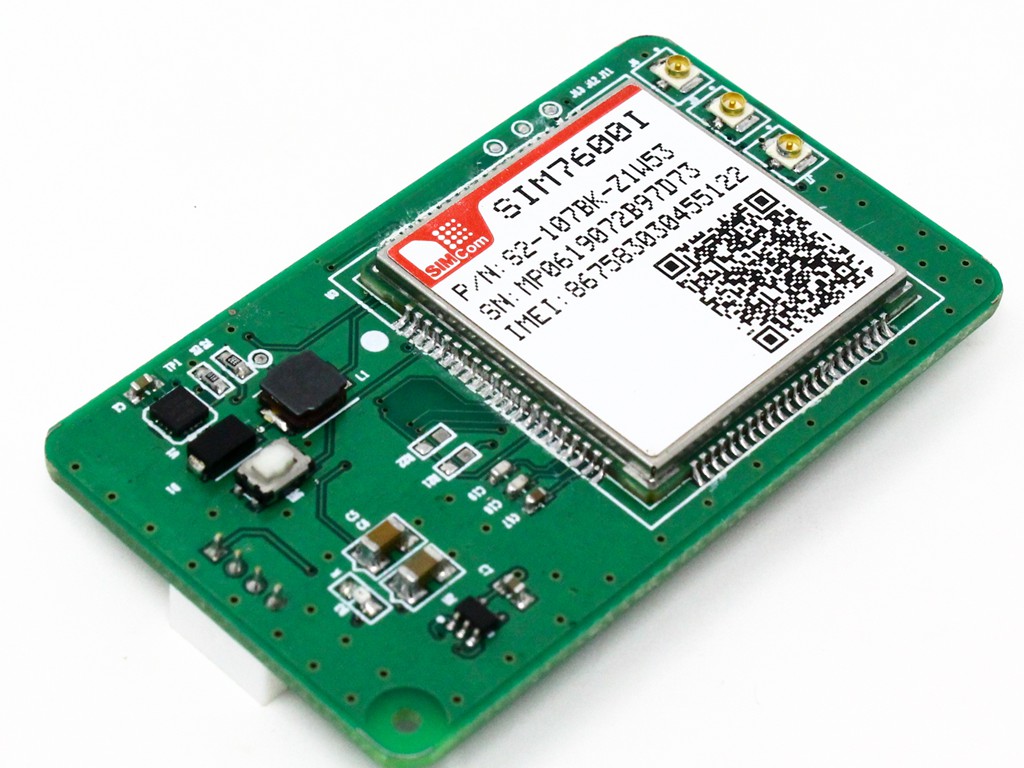
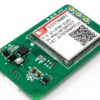

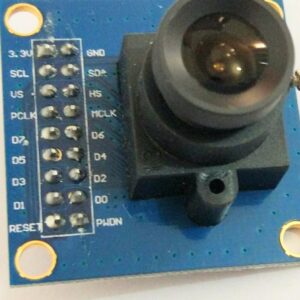

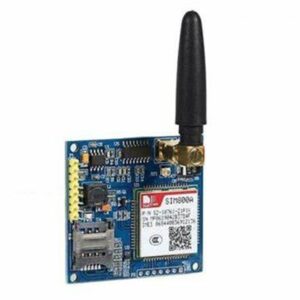
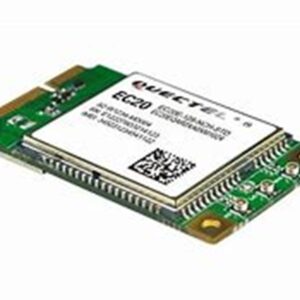
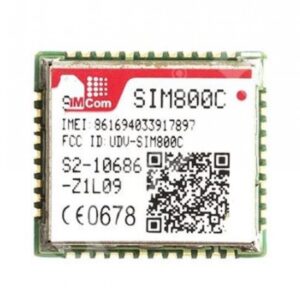
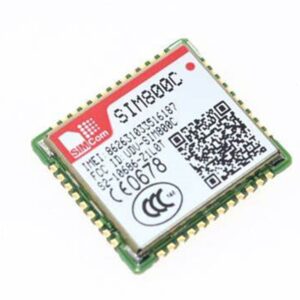
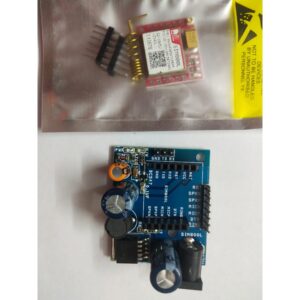
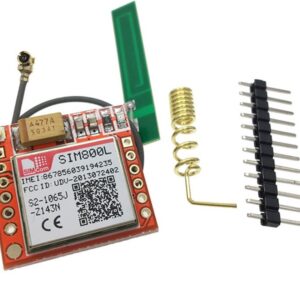
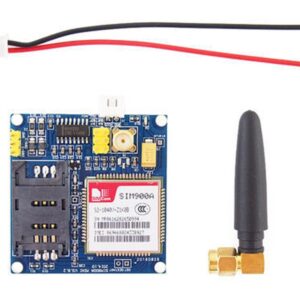


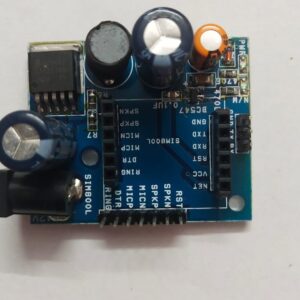
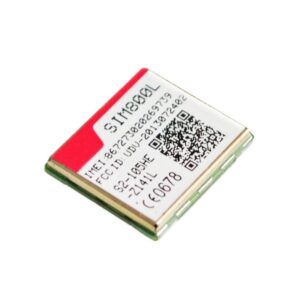

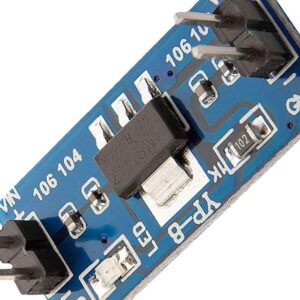
There are no reviews yet.